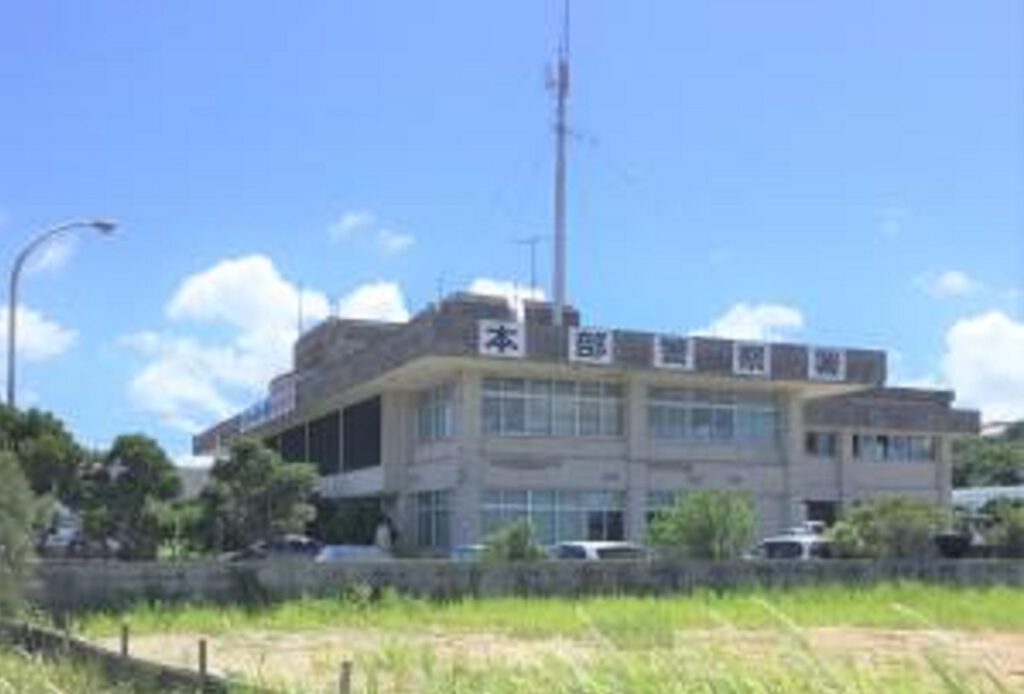After returning to Naha, which became a burnt area, Nagamine’s job was to manage Minato Village. At that time, the Kokuba-Gumi was in charge of unloading the goods at Naha Port. The Kokuba-Gumi is an Okinawan company that ran the construction industry, civil engineering industry, restaurant industry, and service industry. At that time, there were voices inside the police to let Nagamine take charge of the unloading business.
Rather than pure criminal police dealing with crimes such as theft or murder, Nagamine’s specialty was economic crime. He worked as the person in charge of the police box that controlled Minato Village. It is said that the Japanese, a defeated people at the time, were weak and it was dangerous if they knew that someone was a police officer, so it was an era when police officers didn’t wear uniforms.
Around this time, the US military promoted the construction of standard housing in Naha City, which had become a burnt field. Allocations have also been made to the Nagamine family. The address was “Makishi Neighborhood Block 2.” The house was slightly remodeled to become a temporary dōjō and the “Matsubayashi-ryū” sign was put up for the first time. It was the beginning of Nagamine’s school. This was in July 1947.
After several assignments at the Naha police station and at the police academy, in January 1951, he was promoted to police superintendent, the highest rank among local police officers. The police superintendent at that time was the head of a police station in charge. Nagamine was appointed as the chief of the Motobu district police station.
Around this time, Nagamine kept a venture hidden in his chest. At the autumn jūdō tournament, the thirteen police stations of all Okinawa Prefecture were to compete against each other. As soon as he took up his new post at Motobu district police station, he urged the staff to aim at being the best in all Okinawa at this tournament.
Jūdō, kendō, and karate were compulsory within the police force since his police training days. Among these, within the police force Nagamine was famous as a “karate practitioner,” but he also had a strong reputation for being enthusiastic about jūdō and kendō. When he assumed his new post as police chief, in front of the waiting station employees, he presented his bold goal that no one had expected from their new chief. It is said that the young police officers were inspired by his idea. Motobu station is in a rural area on the main island of Okinawa. Work locations were also scattered and the opportunities and time for staff members to gather and practice jointly were limited. The idea that he presented was that a person selected as a competitor did not have to work, and instead another officer would fill in their duty. The idea that persons selected as competitors were able to practice professionally all day long was an absolute novelty. About this, Nagamine wrote:
Compared to the black belt groups of selected tough guys such as from Maehara station, Koza station, Naha station, which were large police stations with 200 staff members, my station was composed of only less than 60 staff members. The eight-member team organized from among them where all white belts. However, my team won against all police stations of Okinawa and achieved a grand victory. The bloody-rough training that lasted nearly a year had come to fruition there. I was also registered as a substitute competitor, so all the competitors, including myself, were recognized with undisputed approval at that time and received a black belt.
The final match was Motobu station vs. Naha station. The captain of Naha police station team was Miyazato Eiichi (1922-99), who was also a Gōjū-ryū karate practitioner. At that time, the captain of the Motobu station won in the end.
Although the Motobu police station was small, it won the championship with the unity and will of all the members based on the idea of the new chief. No wonder many police officers regretted it when Nagamine decided to retire. Three months later, in January 1952, Nagamine ended his 20-years police life and set out on a new path.
© 2022, Andreas Quast. All rights reserved.

